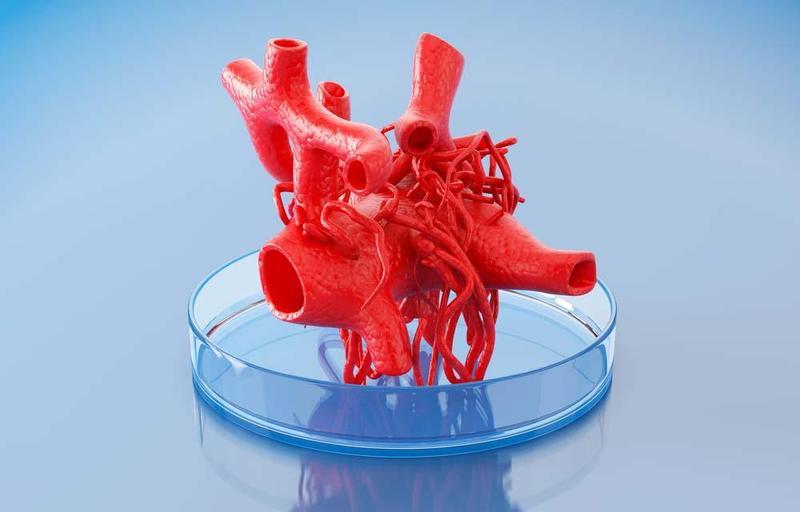3D bioprinting of tissues and organs for regenerative medicine
3D bioprinting of tissues and organs for regenerative medicine
3D Bioprinting & Regenerative Medicine
3D bioprinting is a leading advancement that enables making biomimetic, multiscale, multi-cell tissues with uncommonly complex tissue microenvironment and mechanical heterogeneity. Given the huge interest in organ transplantation, joined with confined organ suppliers, bioprinting is a potential development that could settle this crisis of organ insufficiency by assembling totally down to earth whole organs. Notwithstanding the way that organ bioprinting is a doubtful goal, there has been a broad and admirable headway in the field of bioprinting that could be used as transplantable tissues in regenerative prescription. This paper presents a first-time review of 3D bioprinting in regenerative prescription, where the current status and contemporary issues of 3D bioprinting identifying with the eleven organ systems of the human body including skeletal, strong, restless, lymphatic, endocrine, conceptive, integumentary, respiratory, stomach related, urinary, and circulatory structures were generally assessed. The repercussions of 3D bioprinting in medicine revelation, headway, and movement systems are moreover quickly analyzed, concerning in vitro sedate testing models, and tweaked drug. While there is a significant headway in the field of bioprinting in the new past, there is at this point far to go to totally comprehend the translational ability of this development. Computational examinations for the examination of tissue advancement or tissue mix post-printing, improving the flexibility of this development to make human-scale tissues, improvement of combination systems with a blend of different bioprinting modalities, itemizing of new bio-inks with tunable mechanical and rheological properties, mechanobiological focuses on cell-bioink correspondence, 4D bioprinting with splendid (redesigns responsive) hydrogels, and watching out for the ethical, social, and authoritative issues concerning bioprinting are potential forefront place zones that would help in productive clinical translation of this advancement.
Be the first to post a message!
